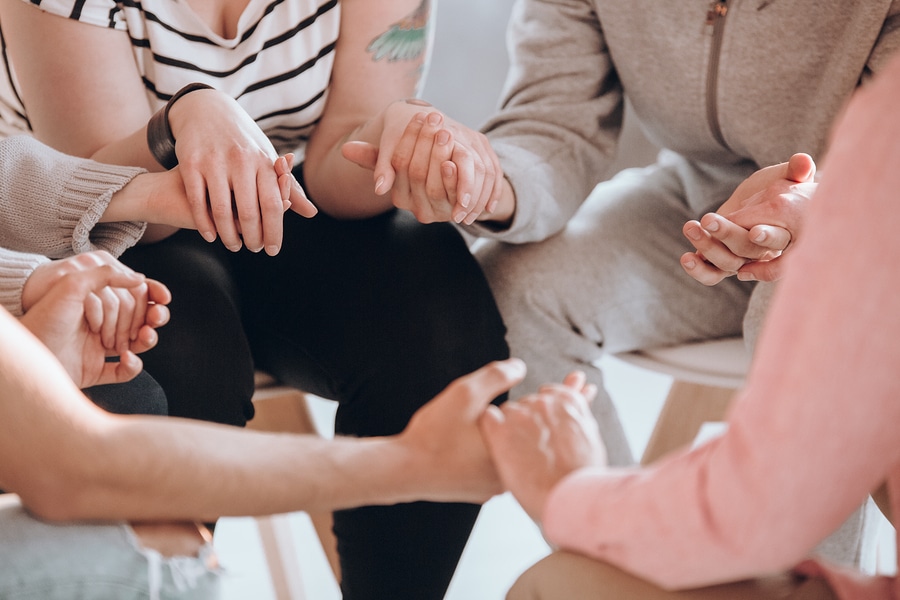Paid Leave For Every Community

When workers have affordable time to care for themselves and family members, their community sees positive impacts at every level. Paid leave helps to break down barriers for families struggling to get by and to reduce stigma about caregiving and self-care. But various communities have unique needs. August 31, Overdose Awareness Day, is a good opportunity for our movement to educate ourselves about the needs of those who use drugs, in order to strengthen our movement and the policies we win.
Studies show that services based on harm reduction — which provide healthcare rather than punishment for those who use drugs and those who are struggling with drug addiction — are the most effective strategies for increasing the quality of life, preventing overdose, reducing HIV/AIDS and Hepatitis C, and saving on overall health care costs. Examples of harm-reduction services include: syringe services programs, routine HIV and Hepatitis C testing and linkage to care, medication-assisted therapy, treatment programs that aren’t focused on abstinence, permanent supportive housing, and access to the anti-opioid overdose medication Naloxone for overdose prevention.
Many opioid users work part-time and full-time jobs. They and those who help care for them need paid time to provide transportation to services, to help navigate the health care systems, and to help loved ones recover if they do overdose. Since paid leave provides greater access to healthcare and family caregiving, workers who need help — or who care for family members who do — are able to access these much needed and effective interventions without jeopardizing their job or economic well-being. Policies need an inclusive definition of family, recognizing that support networks for drug use management are often made up of friends, mentors, and other chosen family without a biological or legal relationship to that individual.
Advocates around the world use August 31 to raise awareness of drug-related overdose, to hold space for families who have lost loved ones from deaths related to overdose, and to provide resources for communities to improve policies and programs so that drug users and their families are better able to prevent overdose. In 2014, for the first time, fatal overdoses surpassed car accidents as the number one accidental cause of death for people living in the US. In 2015, 33,000 fatal overdoses were opioid-related.
Naloxone is a key tool for preventing opioid-related overdoses. Depending on which state you live in, individuals who use opioids may be able to obtain Naloxone through a pharmacist, a doctor, or through a syringe services program — all of which likely requires time off work. When use of Naloxone reverses an opioid overdose, the individual often needs to go to the hospital for observation and potentially more treatment. Clearly paid time to care is an important support tool in ensuring workers and their families remain stable during times of medical need.
International Overdose Awareness day provides opportunities to fight stigma around drug use and to build solidarity with those the stigma isolates. Learn more about organizations that advocate for better harm-reduction policies and train community members on how to administer Naloxone. See Harm Reduction Coalition for more information and for local and statewide coalitions to get connected to. And work for paid sick days and paid family and medical leave policies to cover all care and every family.
By Preston Van Vliet, the National Campaign Organizer at Family Values @ Work